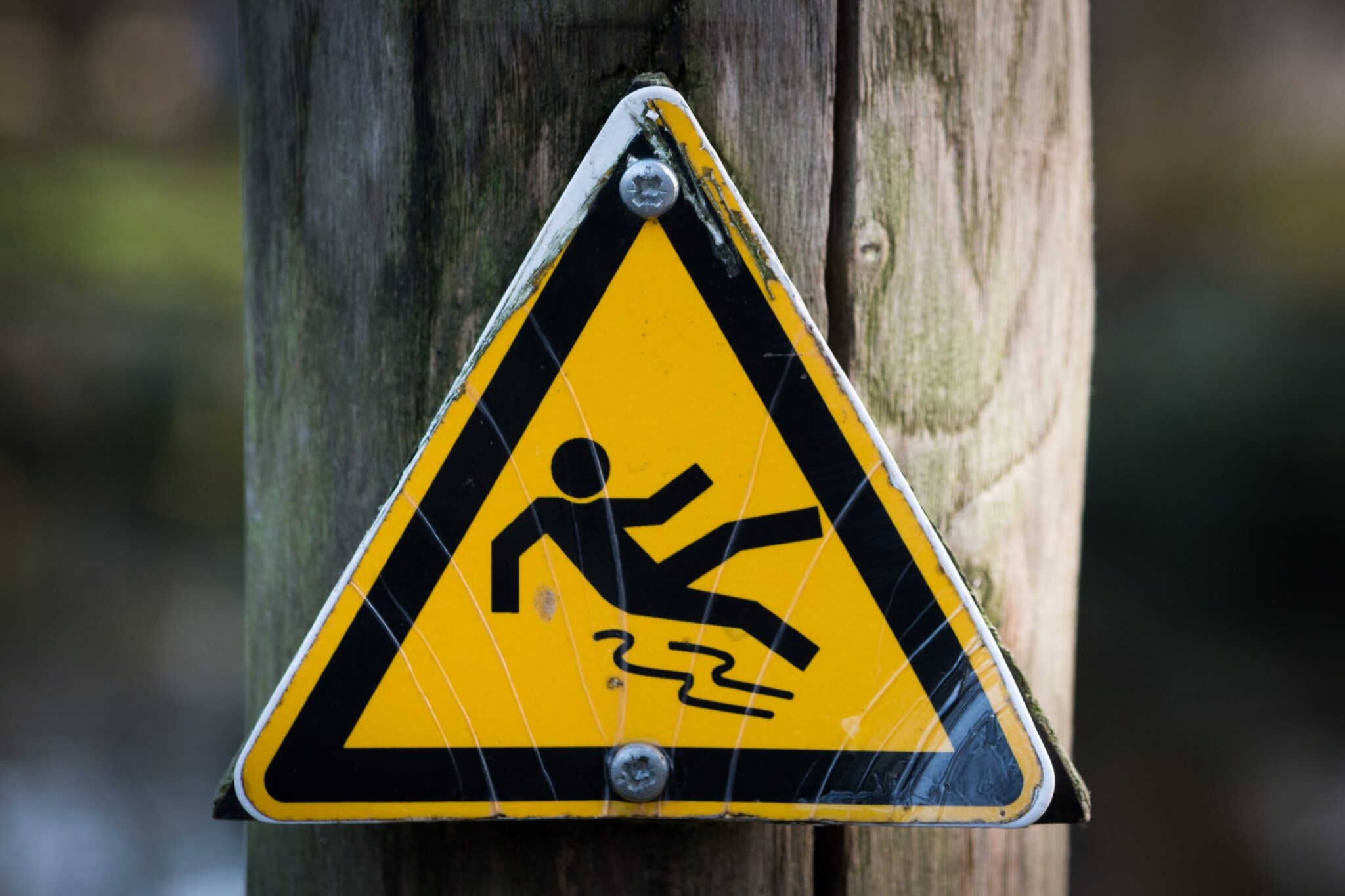Personal Injury Law
Learning the Basics
The Basics of Personal Injury
Accidents. Personal injury rules apply in situations where someone acts in a negligent manner, and that carelessness causes harm to another person. Examples include car accidents, slip and fall incidents, and medical malpractice, among other types of cases. Learn more about negligence in personal injury cases.
Intentional Acts. Personal injury laws apply in situations where a defendant’s intentional conduct causes harm to another person. Examples of this include assault and battery, and other intentional torts.

Get a Free Consultation Today!

Who Makes Personal Injury Laws?
How Does a Personal Injury Case Work?
Defendant Does Something to Injure Plaintiff. This can be almost any bad act on the part of the defendant, with the exception of contractual breaches, which are handled under a separate body of law known as “contract law.”
Settlement Talks Occur. If it is clear to all involved that the defendant breached a legal duty, then the defendant (or the insurance company representing him or her) may wish to settle outside of court. This would involve making an offer of monetary compensation to the injured person, in exchange for the injured person’s binding promise not to file a lawsuit over the injury.


